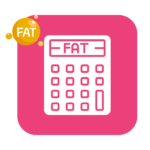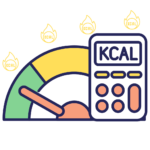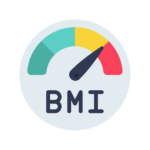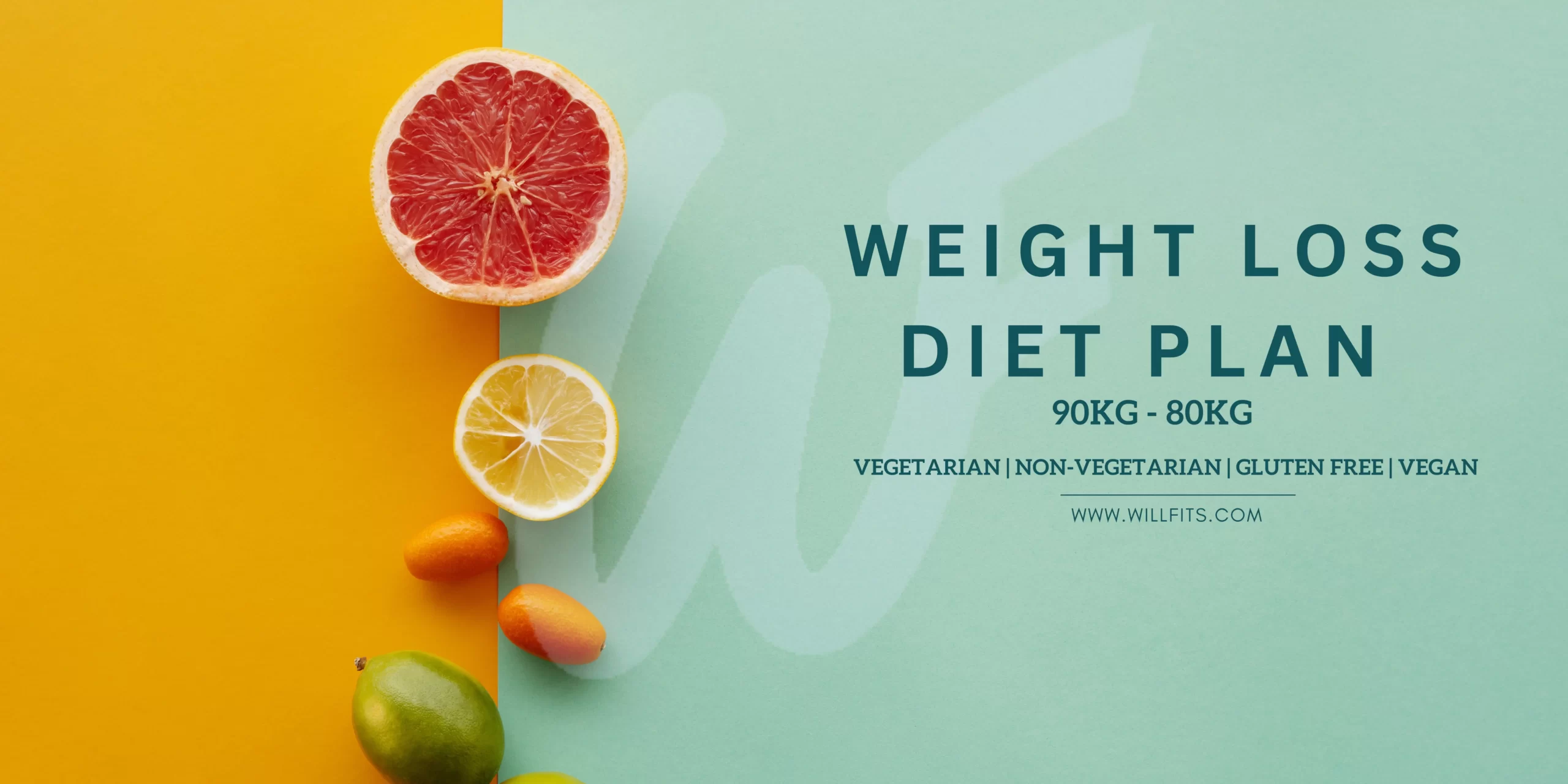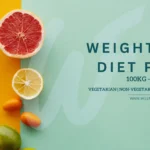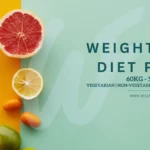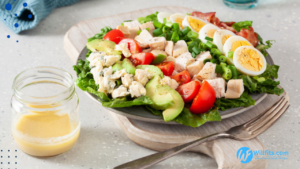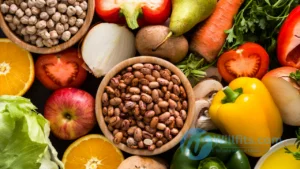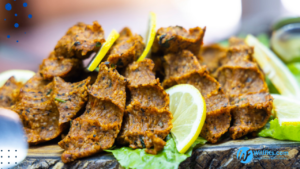What to Eat
Lean Proteins:
- Include sources like chicken breast, turkey, fish, tofu, legumes, and low-fat dairy products.
- Protein helps in maintaining muscle mass and keeping you feeling full.
Whole Grains:
- Opt for whole grains such as brown rice, quinoa, oats, and whole wheat products.
- Whole grains provide fiber, which aids in digestion and helps control hunger.
Vegetables:
- Consume a variety of colorful vegetables. They are rich in vitamins, minerals, and antioxidants.
- Aim to fill half your plate with vegetables.
Fruits:
- Choose a variety of fruits for natural sweetness and added vitamins.
- Limit fruit juices and opt for whole fruits for added fiber.
Healthy Fats:
- Include sources like avocados, nuts, seeds, and olive oil.
- These fats contribute to satiety and provide essential fatty acids.
Dairy or Dairy Alternatives:
- Include low-fat or fat-free dairy products or fortified dairy alternatives for calcium and vitamin D.
Hydration:
- Drink plenty of water throughout the day.
- Herbal teas and infused water can add variety to your hydration.
Herbs and Spices:
- Use herbs and spices for flavor instead of excessive salt or sugar.
What to Avoid
Processed Foods:
- Minimize processed foods, as they often contain added sugars, unhealthy fats, and high sodium levels.
Sugar-Sweetened Beverages:
- Limit or avoid sugary drinks, including sodas, energy drinks, and sweetened teas.
Sweets and Desserts:
- Reduce consumption of sweets, candies, pastries, and desserts.
- Opt for healthier dessert alternatives like fresh fruit.
Fried and Fast Foods:
- Limit fried foods and fast-food items, which are often high in unhealthy fats and calories.
White Refined Grains:
- Reduce intake of white bread, white rice, and other refined grains.
- Choose whole grains for added fiber and nutrients.
Excessive Alcohol:
- Moderate alcohol consumption, as it contributes extra calories and may impact food choices.
High-Calorie Snacks:
- Choose nutrient-dense snacks over high-calorie, low-nutrient options.
Mindless Eating:
- Be mindful of portion sizes and avoid mindless eating, especially in front of the TV or computer.
Meal 1: Breakfast
- 1 cup of green tea
- 1 bowl of vegetable dalia (broken wheat porridge) with added vegetables like carrots, peas, and beans
Meal 2: Mid-morning Snack
- 1 medium-sized fruit (apple, pear, orange, etc.)
- 10-12 almonds or walnuts
Meal 3: Lunch
- 2 rotis (whole wheat flatbread) or 1 cup of brown rice
- 1 bowl of mixed vegetable curry (made with minimal oil)
- 1 bowl of salad (cucumber, tomato, and lettuce) with lemon juice dressing
- 1 small bowl of yogurt
Meal 4: Evening Snack
- 1 cup of green tea
- 1 small bowl of sprouts or boiled chickpeas
Meal 5: Dinner
- 2 rotis (whole wheat flatbread) or 1 cup of quinoa
- 1 bowl of vegetable curry (low oil)
- 1 bowl of lentil soup (dal) or 1 small bowl of dal tadka
- 1 bowl of salad (cucumber, tomato, and carrot) with lemon juice dressing
Meal 6: Bedtime Snack (optional)
- 1 cup of warm skimmed milk with a pinch of turmeric or cinnamon
General Guidelines:
- Hydration: Drink at least 8-10 glasses of water throughout the day.
- Variety of Foods: Include a variety of vegetables and fruits in your diet.
- Whole Grains: Opt for whole grains like brown rice, quinoa, and whole wheat bread instead of refined grains.
- Limit Processed Foods: Limit the intake of processed foods, sugary drinks, and snacks.
- Healthy Cooking Methods: Use healthier cooking methods like steaming, grilling, or baking instead of deep-frying.
- Portion Control: Be mindful of portion sizes and avoid overeating.
- Physical Activity: Engage in regular physical activity or exercise for at least 30 minutes a day, such as brisk walking, jogging, or cycling.
Remember, individual nutritional needs may vary, and it’s advisable to consult with a healthcare professional or a registered dietitian for personalized advice based on specific health conditions and goals.


